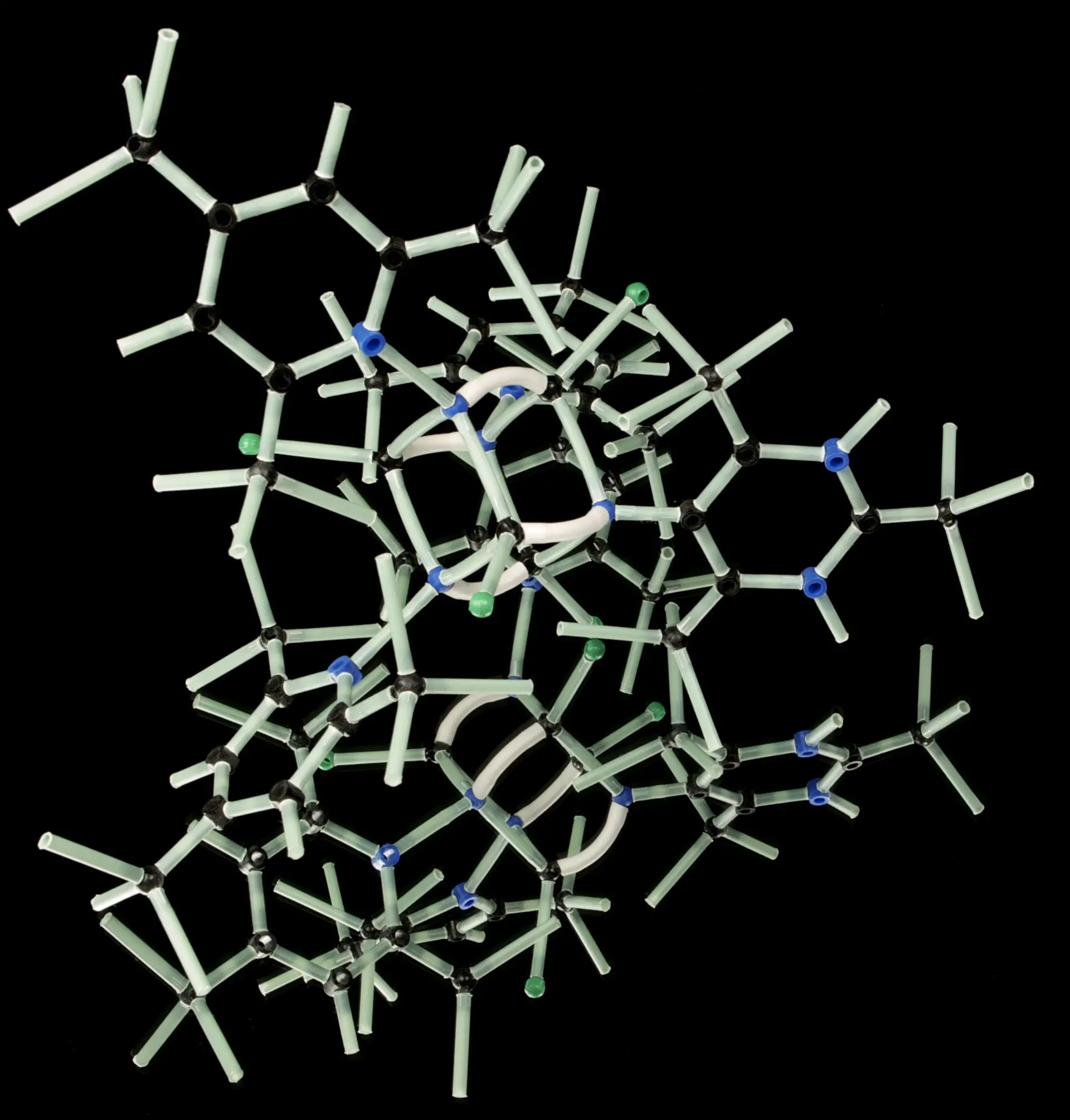An effective method to visualize and analyze complex systems is to map them onto a network. But the effectiveness of these visualizations is bound by the size and complexity of the network itself. For instance, the protein interactions in the human body are too complex to be easily visualized.
Jörg Menche, Adjunct Principal Investigator at the CeMM Research Center for Molecular Medicine of the Austrian Academy of Sciences, Professor at the University of Vienna, and research group leader at Max Perutz Labs (Uni Wien/MedUni) have developed an immersive virtual reality platform along with his team to solve this problem.
Their platform can enhance the visualizations of protein interactions to help recognize correlations and identify those genetic aberrations that lead to rare diseases.
The network scientist Jörg Menche and his research group at the CeMM Research Center for Molecular Medicine of the Austrian Academy of Sciences addressed the challenge of the limited capacity of the conventional computer programs. They built a VR platform to explore enormous amounts of data and their complex interplay in a uniquely intuitive fashion.
The human body has close to 20,000 proteins encoded in the human genome that interact to form a vastly complex network. In a visualization of this interaction, about 300,000 lines might be created between these points (proteins). All of our body’s biological processes are based on these interactions, right from moving a finger to digesting our food. Therefore, it’s crucial to understand this network to discover the cause of rare diseases.
Menche and his research group developed the VR platform to make this network ‘readable .’ They succeeded in doing so the first time through a partnership with St. Anna Children’s Cancer Research.
“While conventional forms of representation would look like a proverbial ‘hairball’, the 3-dimensional representation enables the precise analysis and observation of the different protein complexes and their interactions,” said study author Sebastian Pirch.
“On the one hand, our study represents an important proof of concept of our VR platform; on the other hand, it directly demonstrates the enormous potential of visualizing molecular networks,” said project leader Menche. “Especially in rare diseases, severe immune diseases, protein complexes associated with specific clinical symptoms can be analyzed in more detail to develop hypotheses about their respective pathobiological mechanisms. This facilitates the approach to disease causes and subsequently the search for targeted therapeutic measures.”
Follow us on LinkedIn
Read other Articles




